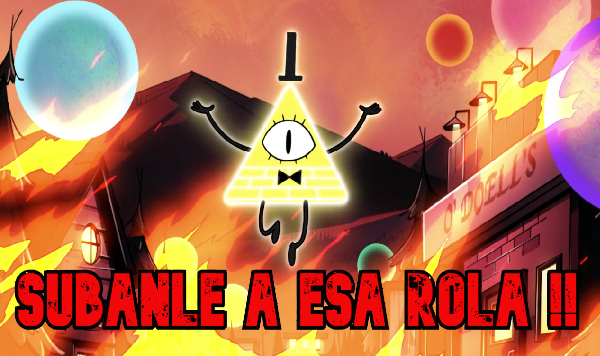
One of the elements that complement the great story of the anime One Piece is its spectacular soundtrack composed by Tanaka Kouhei, among them the beautiful melody called “haha, soshite Tabidachi” which is heard in moments of great emotional intensity that this contains. Travel alongside Luffy and his crew. That said, I will go on to explain a very interesting aspect of it, since for many it represents embracing your dreams, giving everything for them, reaching a goal, seeing your purpose in this life, more! … going through harsh hardships or having shed valuable things, even sacrifices that we would never have imagined making. And musically it is very well achieved through an effective “modal exchange”:

The “Major Mode” gives us a hint of joy, triumph, ecstasy, joy, unlike the “minor mode” which gives us a hint of melancholy, sadness, regret, depression. Broadly speaking, it is so. Next, let’s see how the harmony of the work moves:
G | Eb Bb G - | F | G | x2
C | Eb Bb G - | Ab | Bb | Ab Eb C - | C |

In this Work we have a Target chord that is G major (Major Mode), surrounded by chords like Eb, Bb, F that are borrowed from Gm (Minor Mode) and the latter used as a transition to reach the Target Chord. So musically speaking we have several transition chords that give us a hint of hardship, regret, etc. that resolve to a chord that conveys joy, triumph, overcoming, etc. etc.
The human being is designed to perceive these sensations without needing to know so much theory / musical harmony, and that is where the level of the composer is noticed, who is very clear about what he wants to capture in his work. One piece is one of my favorite sountracks as the music conveys a lot the sense of anime.

One more detail before finishing is that in instrumental music variety should be sought and that is where after giving cycles to the main melody, it moves to another objective major key (C), maintaining the same character of surrounding it with minor tones. But the genius there is that small scale (G mixolydian b9 # 9 b13) that transforms the sensation of the target G major chord (major mode) into a chord that now belongs to Cm (minor mode) and continues the adventure towards another major target. going through minor transitions.
Successes
Social Media Author: Pablo Bobadilla Rider













